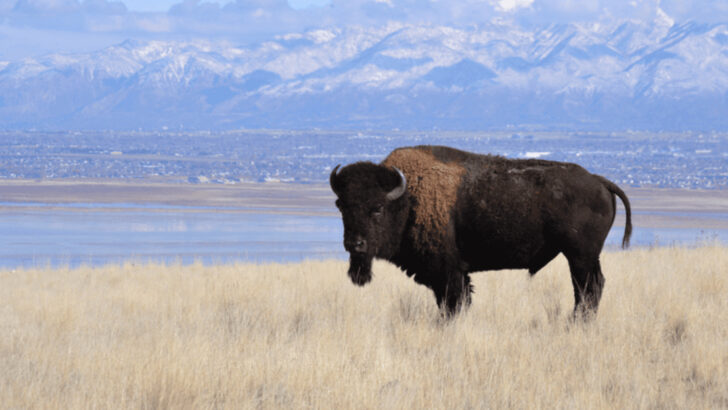Utah isn’t just a land of red rock canyons and towering mountains—it’s a wildlife wonderland.
From the majestic bighorn sheep perched on rocky cliffs to the elusive mountain lions stalking through the forests, this state is home to creatures as rugged and awe-inspiring as the landscapes they roam. Some, like the mighty moose, command attention with their sheer size, while others, like the burrowing owl, add a touch of charm to the desert sands.
Each of these animals plays a role in shaping the untamed beauty of Utah. Whether soaring through the sky, slithering across the desert, or galloping through alpine meadows, they embody the spirit of the West in ways no postcard ever could.
Get ready to meet 24 incredible animals that define what it means to thrive in Utah’s wild places—because in this state, nature always takes center stage.
American Bison
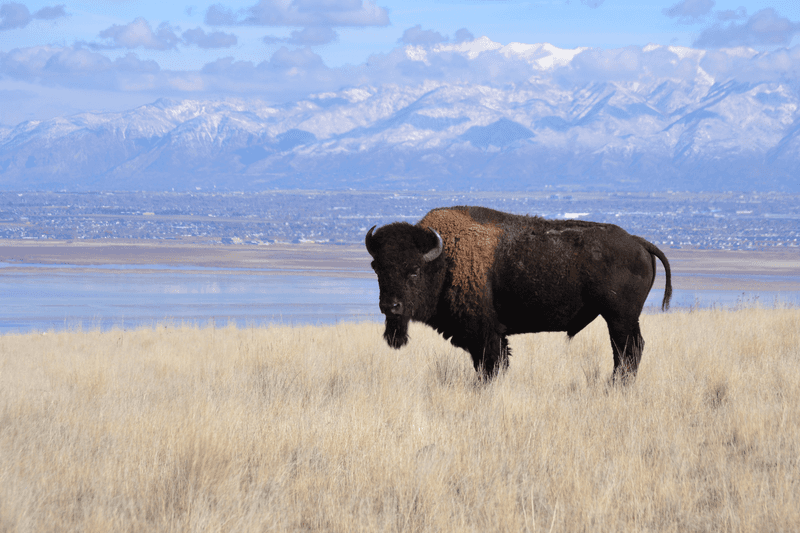
The American Bison, an iconic symbol of the American West, roams the open plains of Utah. These majestic creatures, often referred to as buffalo, are known for their massive size and shaggy brown fur. In Utah, they can be found primarily on Antelope Island, where they graze freely. With their powerful build and gentle demeanor, bison are a sight to behold. Though they appear docile, these animals are wild and should be admired from a distance. Conservation efforts have helped restore their population, making them a proud emblem of Utah’s natural heritage.
Mule Deer
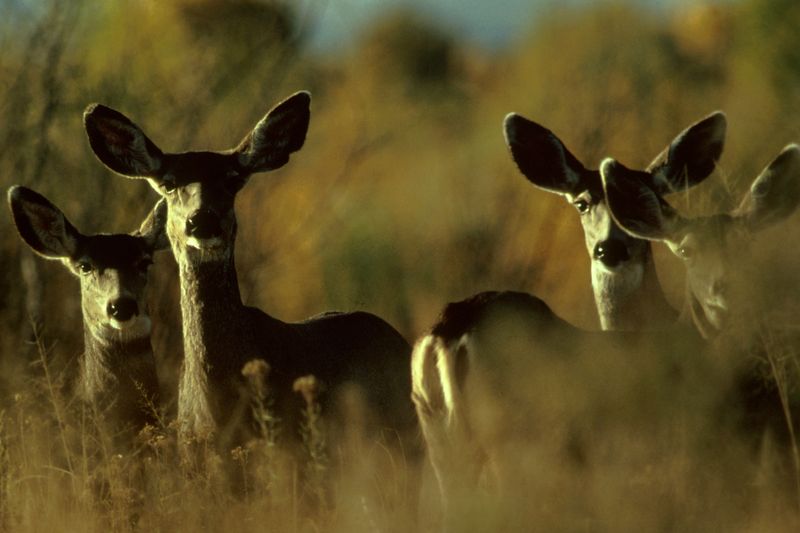
Mule Deer are a common sight in Utah’s forests and mountainous regions. Known for their large, mule-like ears, these deer are well adapted to their environment. They are most active during the early morning and late afternoon, when they forage for food. Mule Deer play a crucial role in the ecosystem, serving as prey for mountain lions and other predators. Observing them in their natural habitat, especially during the fall rutting season, is a treat for wildlife enthusiasts. Remember to maintain a respectful distance to avoid disturbing these gentle creatures.
Utah Prairie Dog
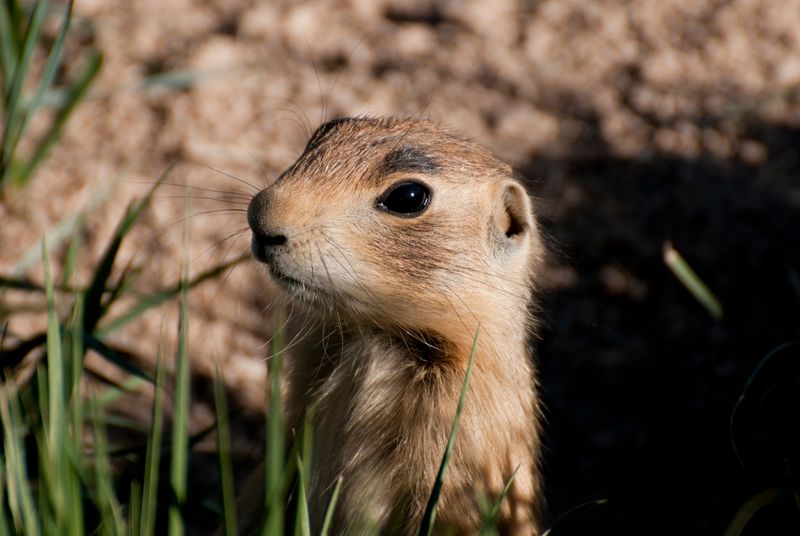
The Utah Prairie Dog, a threatened species, is an integral part of the state’s grassland ecosystem. These small, burrowing rodents are known for their complex social structures and high-pitched calls. Living in colonies, they create extensive underground networks that aerate the soil. Prairie dogs help maintain the health of the grasslands, providing habitat for other species. Efforts to protect their populations are vital to preserving Utah’s biodiversity. Spotting a prairie dog colony is a delightful experience, offering a glimpse into the intricate world of these industrious animals.
Golden Eagle
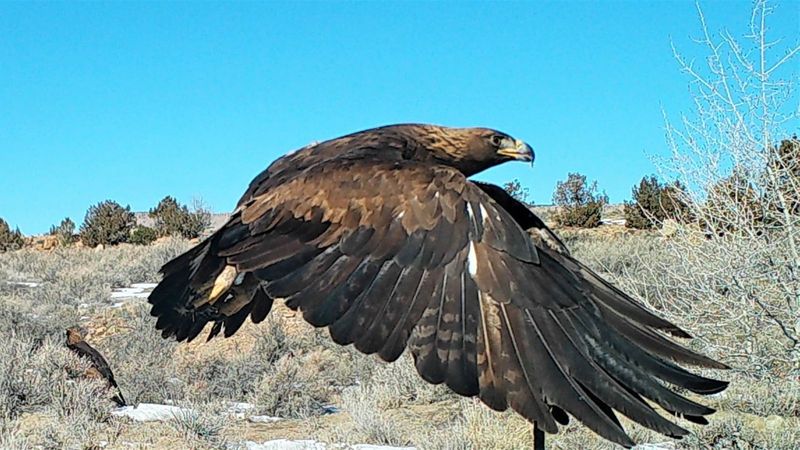
The Golden Eagle, one of the largest birds of prey, dominates the skies over Utah’s rugged landscapes. With its impressive wingspan and keen eyesight, it hunts small mammals and birds. These eagles are a symbol of strength and freedom, often seen gliding gracefully over canyons and open fields. Their majestic presence is awe-inspiring, capturing the wild beauty of Utah’s natural world. Birdwatchers can often spot these magnificent raptors perched on cliffs or soaring in search of prey. Conservation efforts ensure that future generations can continue to admire these incredible birds.
Mountain Lion
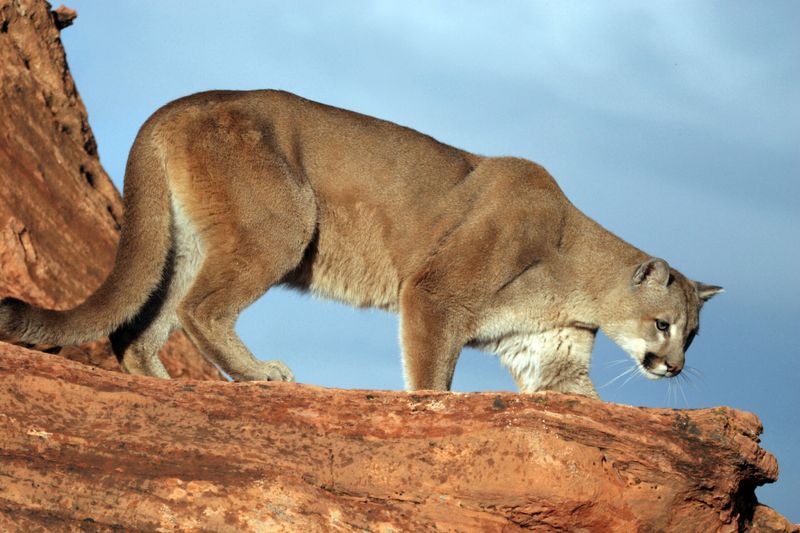
The elusive Mountain Lion, also known as a cougar, is a solitary predator found throughout Utah’s diverse habitats. These big cats are masters of stealth, often seen only by those who know where to look. With powerful muscles and a keen sense of smell, they are adept hunters. Mountain Lions play a vital role in controlling deer populations, maintaining the ecological balance. While sightings are rare, their presence is felt, reminding us of the wildness that still thrives in Utah. Hikers should be aware of their surroundings, respecting the territory of these magnificent creatures.
Great Basin Rattlesnake
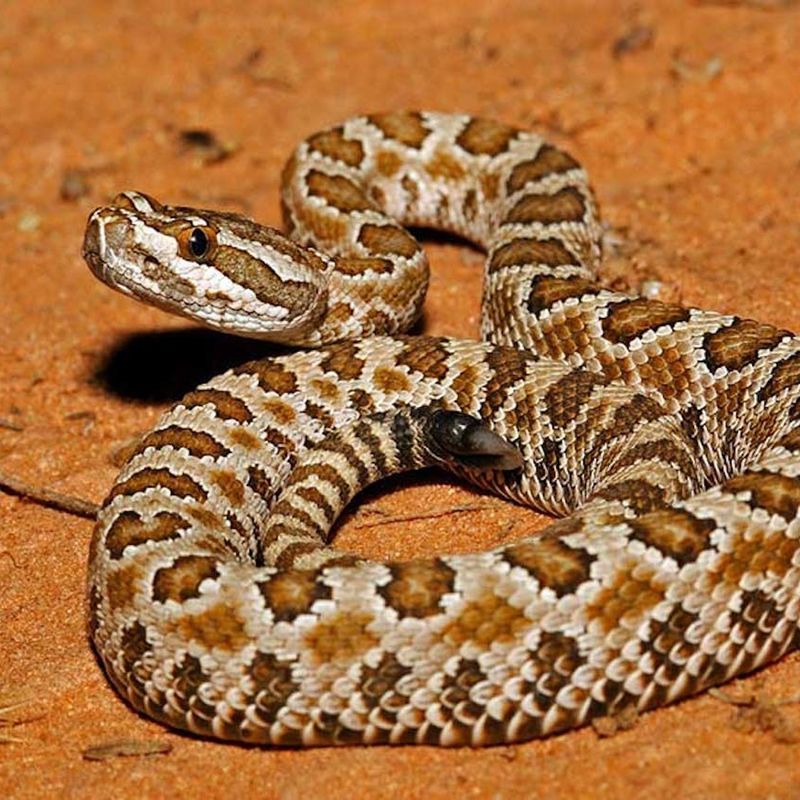
The Great Basin Rattlesnake is one of Utah’s most recognizable reptiles. This venomous snake, easily identified by its rattle and distinctive pattern, inhabits the state’s arid regions. While often misunderstood, rattlesnakes are an essential part of the ecosystem, controlling rodent populations. Their presence indicates a healthy environment. When hiking in Utah’s deserts, it’s important to be cautious and give these snakes space to avoid conflicts. With a calm demeanor and respect for their habitat, encounters with rattlesnakes can be safely managed, allowing both humans and snakes to coexist peacefully.
Prairie Falcon
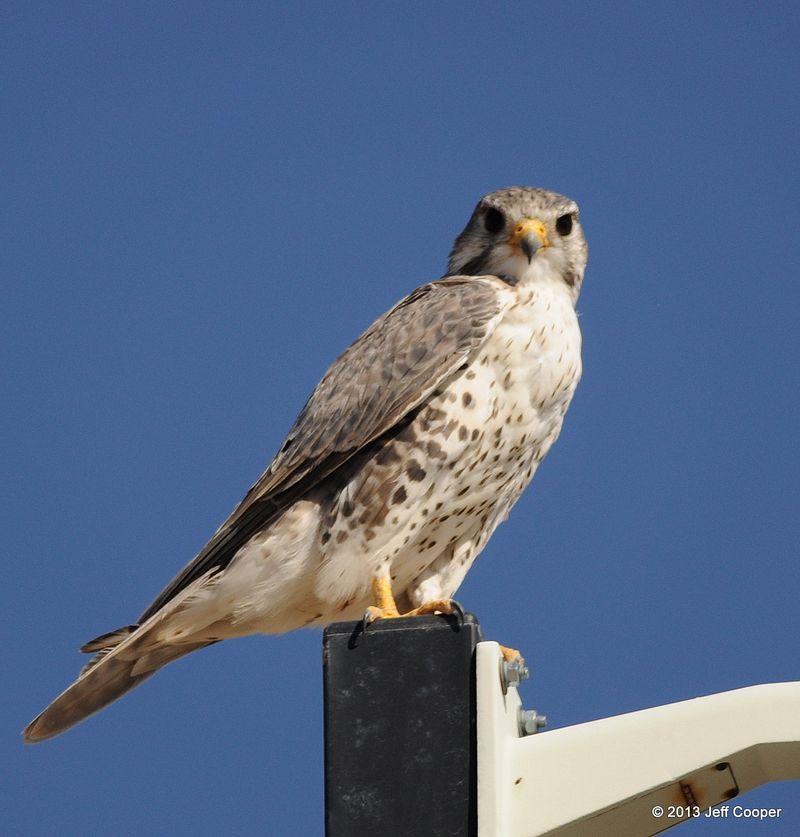
The Prairie Falcon, a swift and agile bird of prey, is commonly found in Utah’s open landscapes. With its keen eyesight and rapid flight, it hunts small mammals and birds. Falcons are known for their high-speed dives, capable of reaching incredible velocities. In Utah, they thrive in the wide-open spaces of deserts and grasslands. Bird enthusiasts are often thrilled to witness these skilled hunters in action. Protecting their natural habitats ensures that the Prairie Falcon continues to be a symbol of the untamed spirit of Utah’s wilderness, inspiring awe and admiration.
Pronghorn Antelope
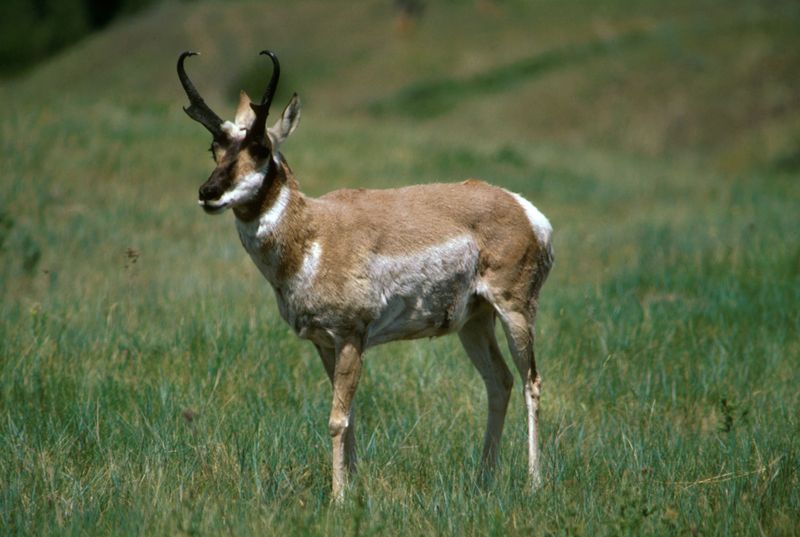
The Pronghorn Antelope, often misnamed as antelope, is unique to North America and a frequent resident of Utah’s grasslands and deserts. Known for their remarkable speed, pronghorns can reach up to 55 mph, making them the fastest land mammals in North America. Observing them in their natural habitat is a testament to nature’s engineering. Pronghorns thrive in the wide-open spaces of Utah, where their keen eyesight keeps them alert to predators. Conservation efforts focus on maintaining these open habitats, ensuring pronghorns continue to be a quintessential part of Utah’s wildlife heritage.
Desert Tortoise
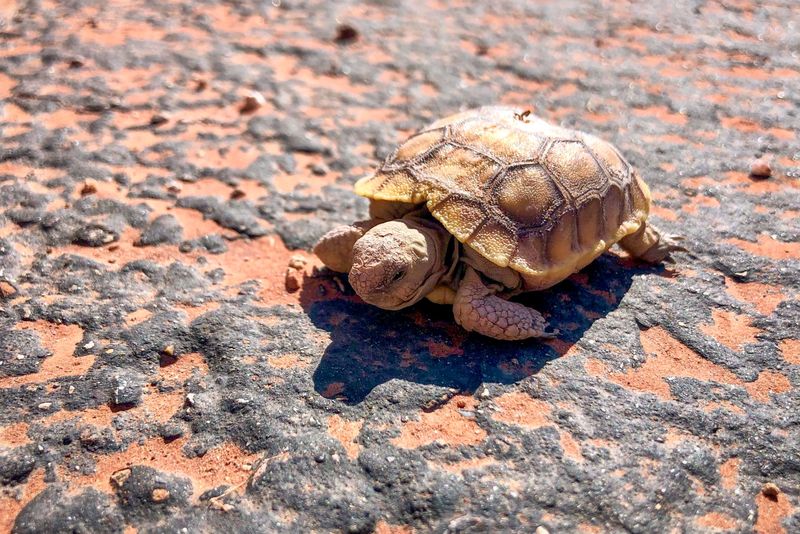
The Desert Tortoise, a resilient symbol of survival, inhabits Utah’s southern desert landscapes. Known for their slow pace and long lifespan, these tortoises have adapted to the harsh desert environment. They dig burrows to escape the extreme heat and conserve water. The presence of Desert Tortoises is a testament to the adaptability of life in arid conditions. Observing these gentle creatures in their natural habitat is a privilege. Conservation efforts are crucial to protect their populations, as they face threats from habitat loss and human activities. Respecting their space ensures their survival for future generations.
Utah Milk Snake
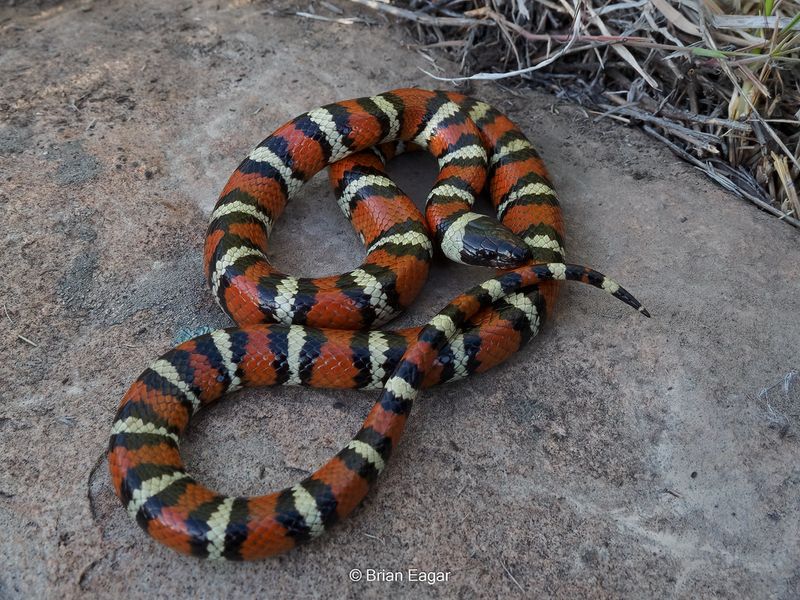
The Utah Milk Snake, a nonvenomous serpent, is known for its striking coloration and gentle nature. With bands of red, black, and yellow, it resembles the venomous coral snake, a mimicry that offers protection. Found in grasslands and rocky areas, these snakes play a vital role in controlling pest populations. Their presence indicates a balanced ecosystem. While they are harmless to humans, it’s important to admire them from a distance to avoid stress. Utah Milk Snakes are a beautiful example of nature’s artistry, showcasing the diversity and complexity of the state’s wildlife.
Black Bear
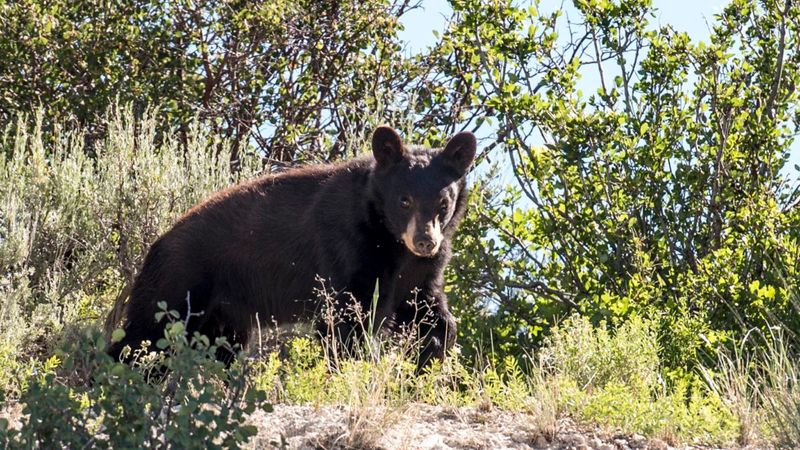
The Black Bear, a familiar inhabitant of Utah’s forests, is both feared and admired. These large mammals are omnivores, feeding on berries, plants, and small animals. With a keen sense of smell, they can detect food from miles away. Black Bears are solitary creatures, often seen foraging or napping in the shade. In Utah, they play a crucial role in the ecosystem, dispersing seeds and controlling prey populations. While encounters can be exciting, it’s important to store food securely and maintain a safe distance to ensure a peaceful coexistence in their natural habitat.
Bald Eagle
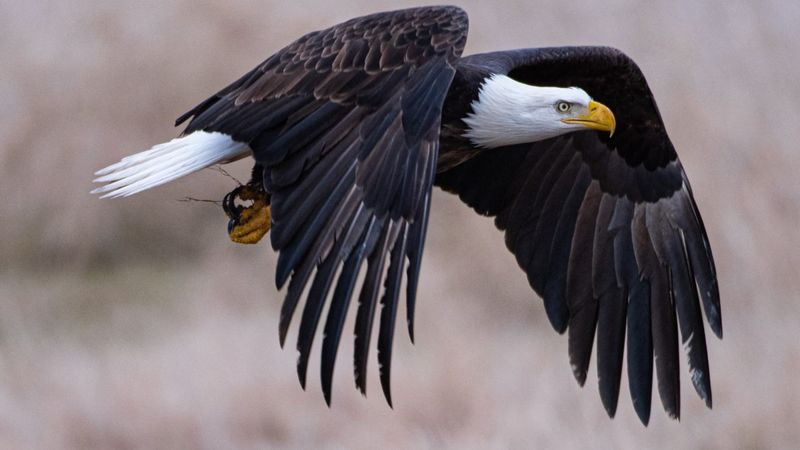
The Bald Eagle, America’s national bird, is a majestic sight in Utah’s wilderness. Known for their striking white heads and powerful build, these birds are expert hunters, primarily feeding on fish. Their presence along Utah’s rivers and lakes is a testament to the health of the environment. Observing a Bald Eagle in flight, with its expansive wingspan, is an unforgettable experience. Conservation efforts have helped their populations recover from previous declines. Today, they serve as a symbol of freedom and resilience, embodying the spirit of Utah’s natural landscapes.
Moose
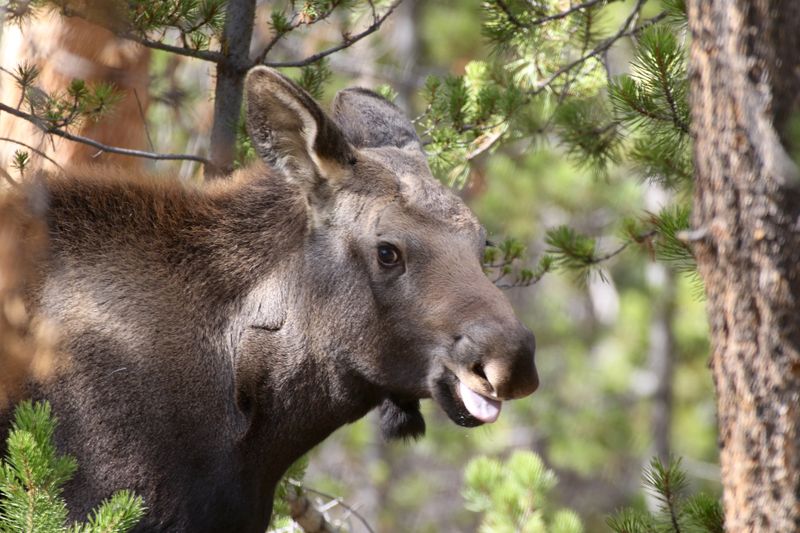
The Moose, a towering presence in Utah’s alpine regions, is known for its impressive antlers and solitary nature. These massive mammals are herbivores, feeding on aquatic vegetation and shrubs. Moose are most commonly found in the northern parts of the state, especially near water sources. Their ability to thrive in the cold, mountainous terrain showcases their adaptability. Observing a moose in its natural habitat is a remarkable experience, offering insight into the wonders of wildlife. Maintaining respectful distances ensures their safety and allows us to appreciate their magnificence without interference.
American Pika
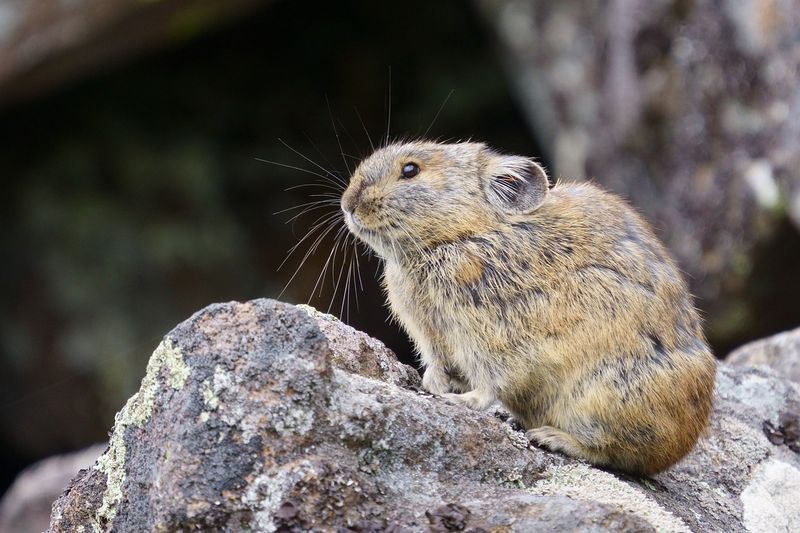
The American Pika, a small and hardy mammal, is a resident of Utah’s high-altitude regions. Known for their short ears and round bodies, pikas are relatives of rabbits. They thrive in rocky terrains, where they collect and store vegetation for the winter. Pikas are sensitive to temperature changes, making them indicators of climate health. Spotting these elusive creatures requires patience and a sharp eye. Their distinctive calls often alert hikers to their presence. Protecting their habitats is crucial for their survival, as they face challenges from environmental shifts.
Coyotes
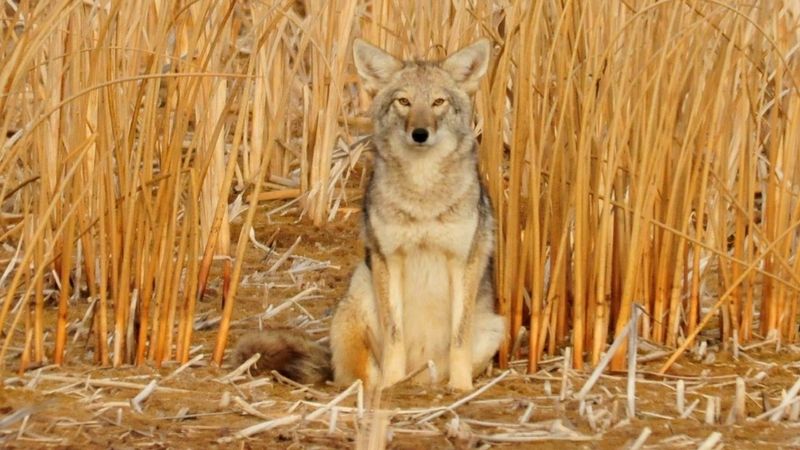
Coyotes, adaptable and intelligent canids, are a common sight across Utah’s diverse landscapes. Known for their distinctive howl, they are skilled hunters and scavengers. Coyotes play a crucial role in controlling rodent populations, maintaining ecological balance. Their ability to thrive in various environments, from urban areas to remote deserts, showcases their resilience. While they are often misunderstood, coyotes are essential to healthy ecosystems. Admiring them from a distance and securing food sources can prevent conflicts with human populations, allowing these resourceful animals to continue thriving alongside us.
Ringtail Cat
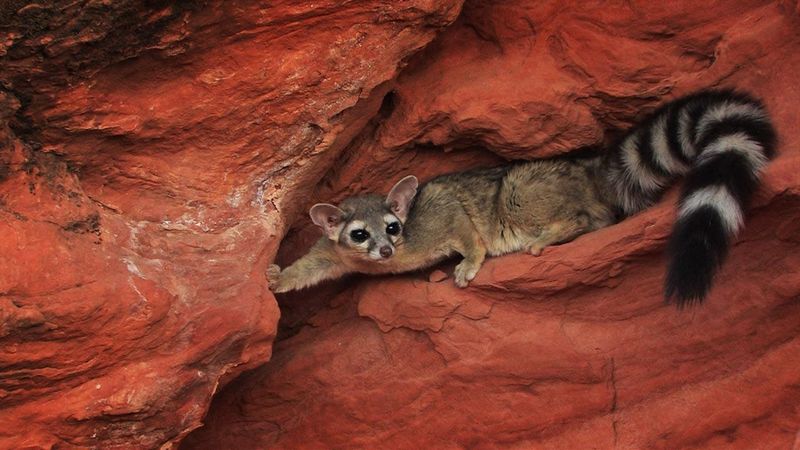
The Ringtail Cat, despite its name, is more closely related to raccoons than felines. This nocturnal creature is known for its bushy tail and agile climbing skills. Found in Utah’s rocky canyons and woodlands, ringtails are elusive and seldom seen. They feed on small animals and insects, playing a role in the local food web. Their adaptability to various habitats makes them a fascinating part of Utah’s wildlife. Spotting a ringtail is a rare treat, offering a glimpse into the secretive life of this charming animal. Respect for their habitat ensures their continued presence in the wild.
Northern Goshawk
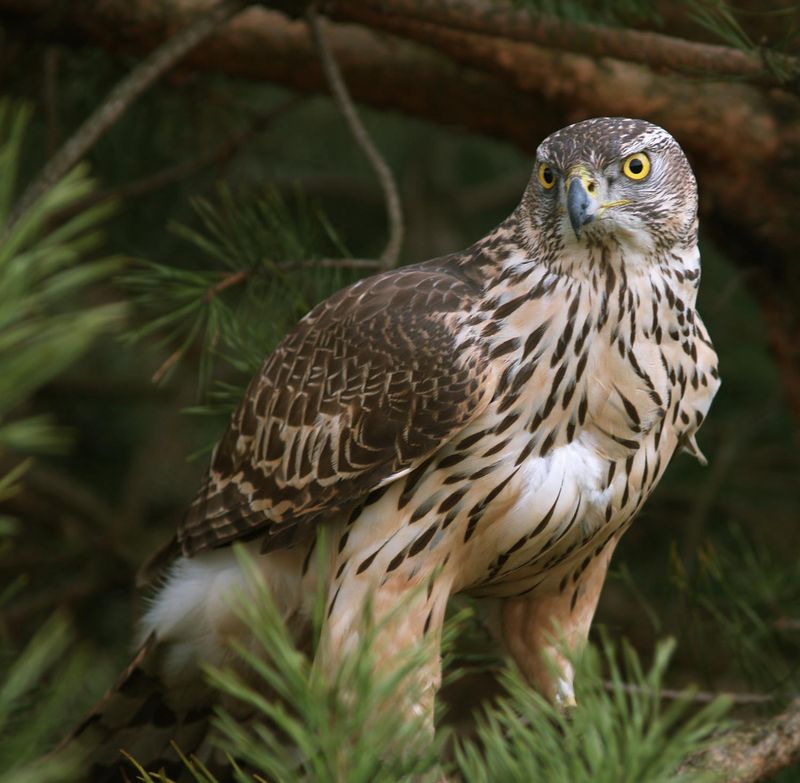
The Northern Goshawk, a powerful and stealthy raptor, patrols the skies of Utah’s coniferous forests. Known for their fierce hunting skills, goshawks prey on birds and small mammals. Their presence is a sign of a healthy forest ecosystem. These birds are elusive, often heard before seen, with their distinctive calls echoing through the trees. Birdwatchers find joy in spotting these skilled hunters, with their striking plumage and intense gaze. Protecting their forest habitats is crucial for their survival, ensuring that goshawks remain an integral part of Utah’s avian community.
Boreal Chorus Frog
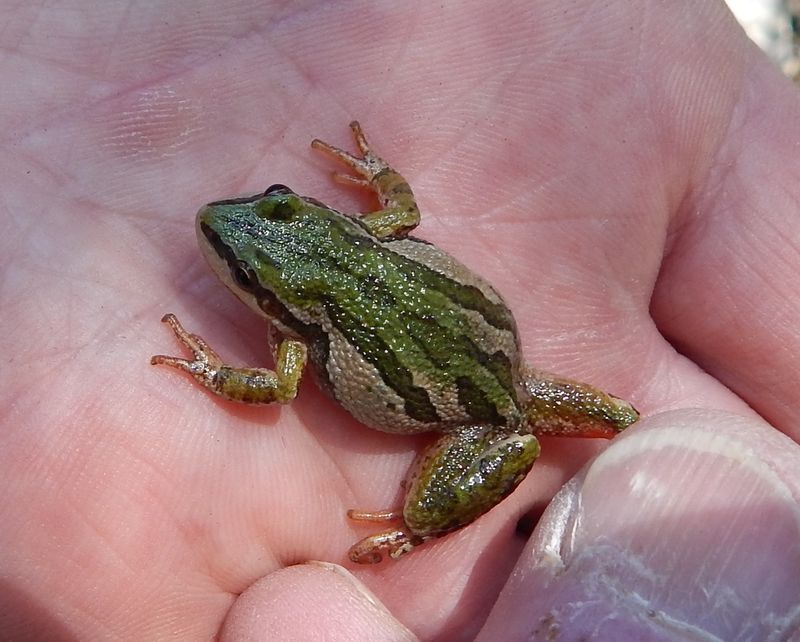
The Boreal Chorus Frog, a tiny amphibian, thrives in Utah’s wetlands and ponds. Known for their distinctive croaking, these frogs are active during the warmer months. They play a vital role in controlling insect populations and serve as prey for larger animals. Their presence is an indicator of healthy wetland ecosystems. Observing these frogs requires a keen eye and ear, as their camouflaged bodies blend into the surroundings. Protecting wetland habitats ensures the survival of Boreal Chorus Frogs, preserving the delicate balance of life in Utah’s aquatic environments.
Ruffed Grouse
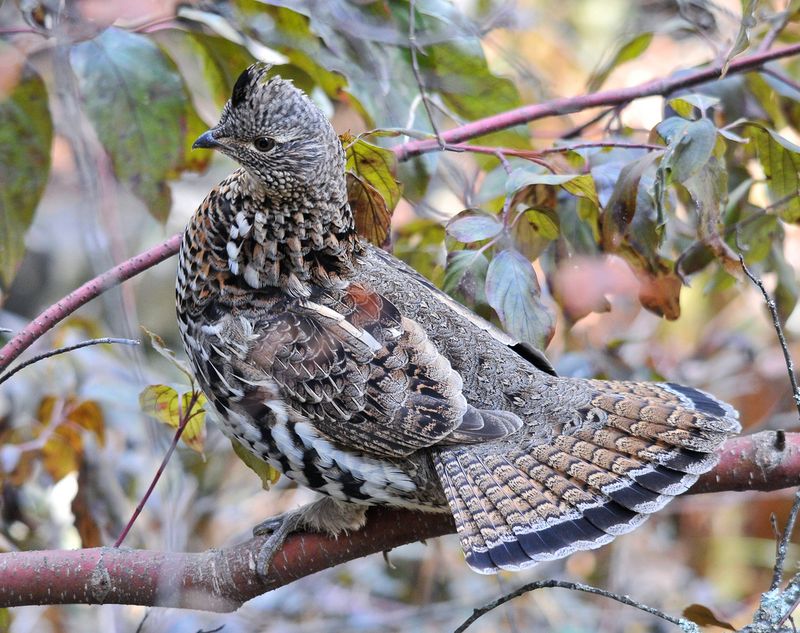
The Ruffed Grouse, known for its drumming display, is a resident of Utah’s dense forests. These medium-sized birds are well camouflaged, blending into their woodland habitats. During the breeding season, males perform a unique drumming sound by beating their wings, a display that attracts females. Ruffed Grouse are integral to the forest ecosystem, feeding on a variety of plants and insects. Observing their courtship rituals is a fascinating experience for bird enthusiasts. Maintaining healthy forest ecosystems is vital for their continued presence, allowing future generations to enjoy these captivating birds.
Western Tanager
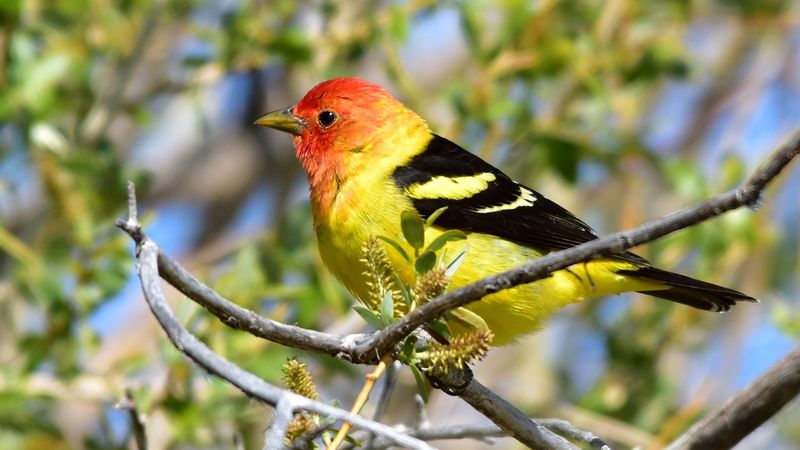
The Western Tanager, a vibrant songbird, graces Utah’s woodlands with its striking plumage. Known for their bright yellow bodies and contrasting red heads, these birds are a delight for birdwatchers. They migrate to Utah during the summer, where they feed on insects and fruits. Their presence adds a splash of color to the dense forests. Observing Western Tanagers requires patience and a good pair of binoculars, as they flit between branches. Protecting their migratory routes and habitats is essential for their survival, ensuring these beautiful birds continue to enchant onlookers with their vivid colors and melodious songs.
Red Fox
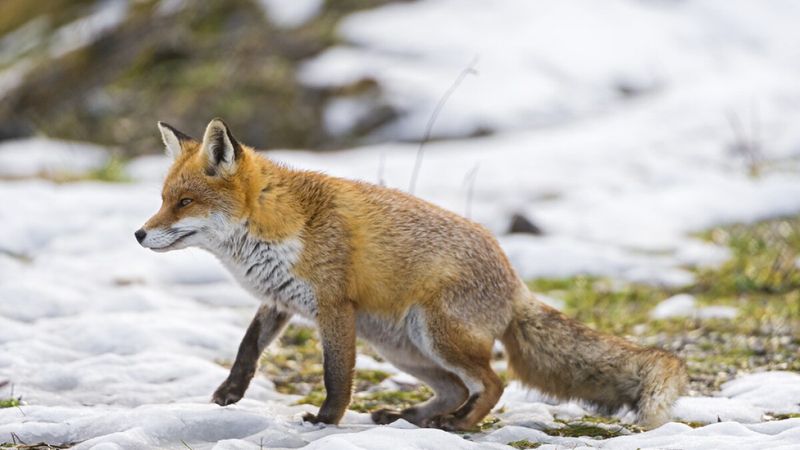
The Red Fox, with its bushy tail and vibrant fur, is a familiar sight in Utah’s meadows and forests. These agile mammals are skilled hunters, preying on small animals and scavenging when necessary. Their adaptability allows them to thrive in a variety of habitats, from rural to urban areas. Red Foxes play a role in controlling rodent populations, contributing to ecosystem balance. Observing them in the wild is a thrilling experience, as their cunning and curiosity make them captivating creatures. Respecting their space ensures peaceful coexistence, allowing us to appreciate their presence in the environment.
Yellow-bellied Marmot
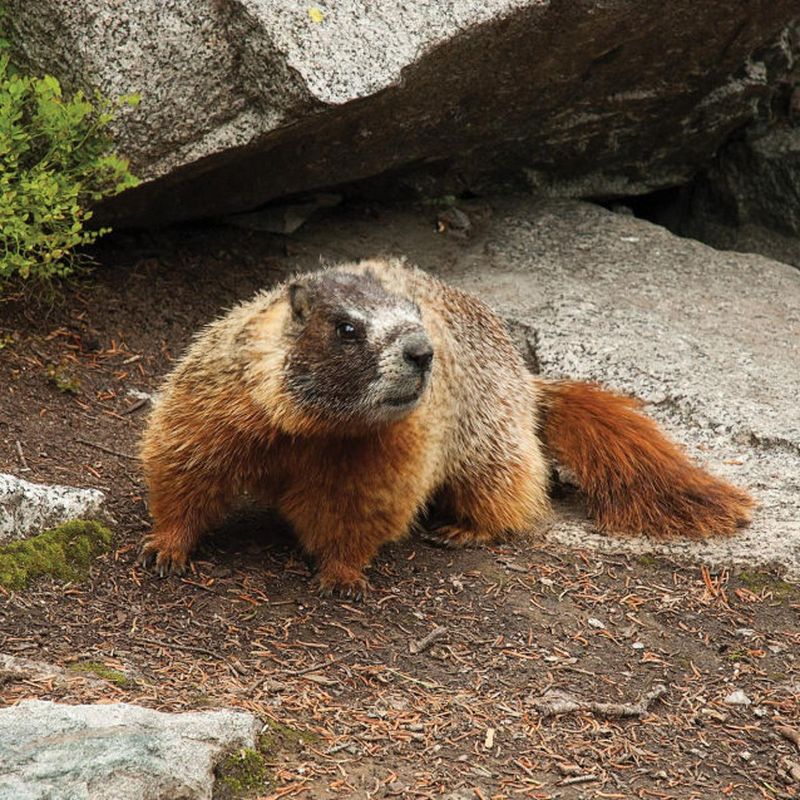
The Yellow-bellied Marmot, often seen basking in the sun, is a common resident of Utah’s mountainous regions. Known for their stout bodies and distinctive whistles, marmots are social animals that live in colonies. They hibernate during the winter, relying on fat reserves built up during the summer. Observing marmots in their natural habitat offers a glimpse into their communal lifestyle. These animals play a role in aerating the soil through their burrowing activities. Protecting their alpine habitats is crucial for their survival, ensuring that marmots continue to thrive in Utah’s rugged landscapes.
Clark’s Nutcracker
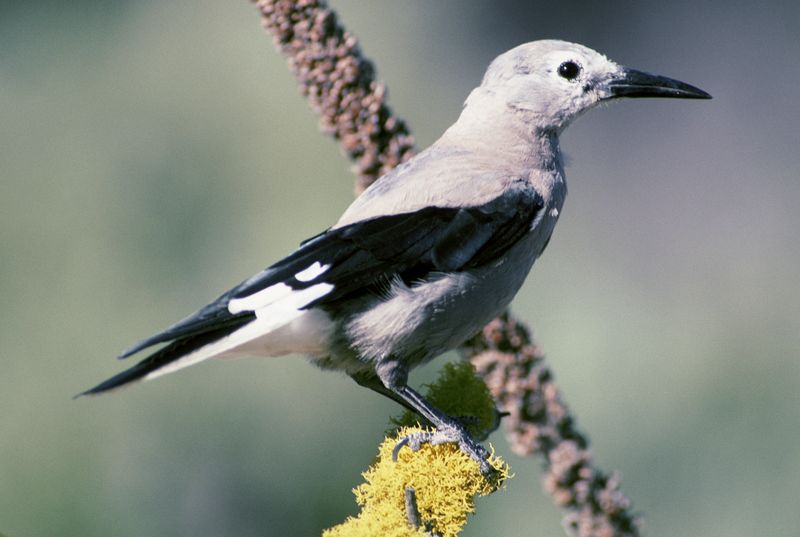
Clark’s Nutcracker, a clever and resourceful bird, is a resident of Utah’s mountainous areas. Known for their intelligence, these birds play a crucial role in dispersing pine seeds, aiding in forest regeneration. Their striking black and white plumage makes them easy to spot. Observing Clark’s Nutcracker in action, as it caches seeds for the winter, is a testament to their adaptability and problem-solving skills. Protecting mountain ecosystems ensures these birds continue to thrive, contributing to the health and renewal of Utah’s forests. Their presence highlights the interconnectedness of life in these habitats.
Elk
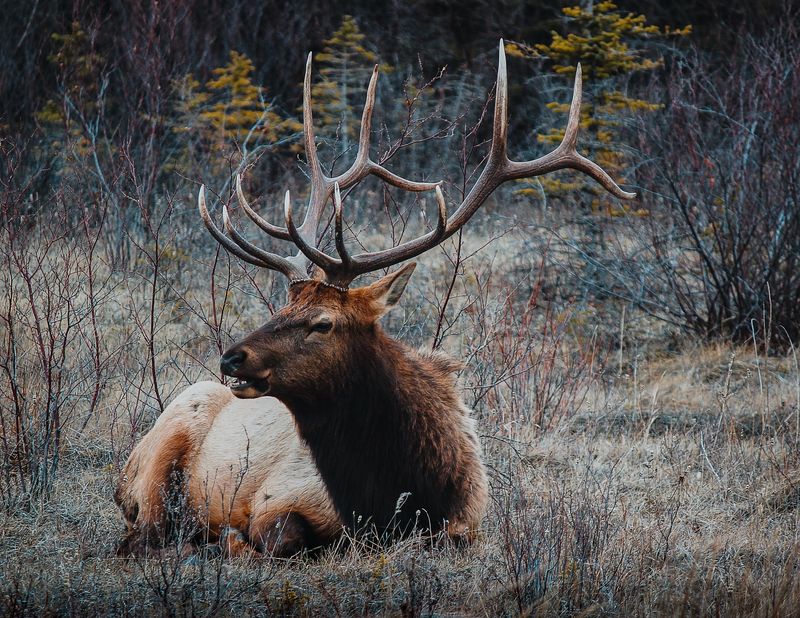
Elk, with their impressive antlers and large herds, are a prominent feature of Utah’s natural landscapes. These majestic animals roam the state’s forests and grasslands, feeding on a variety of vegetation. During the fall, the haunting bugle of male elk echoes through the air, signaling the rutting season. Observing elk in the wild offers a glimpse into their complex social structures. Conservation efforts focus on maintaining open habitats and migration corridors to ensure their survival. Experiencing the presence of elk in Utah is a reminder of the state’s rich wildlife heritage and the importance of preserving it for the future.

